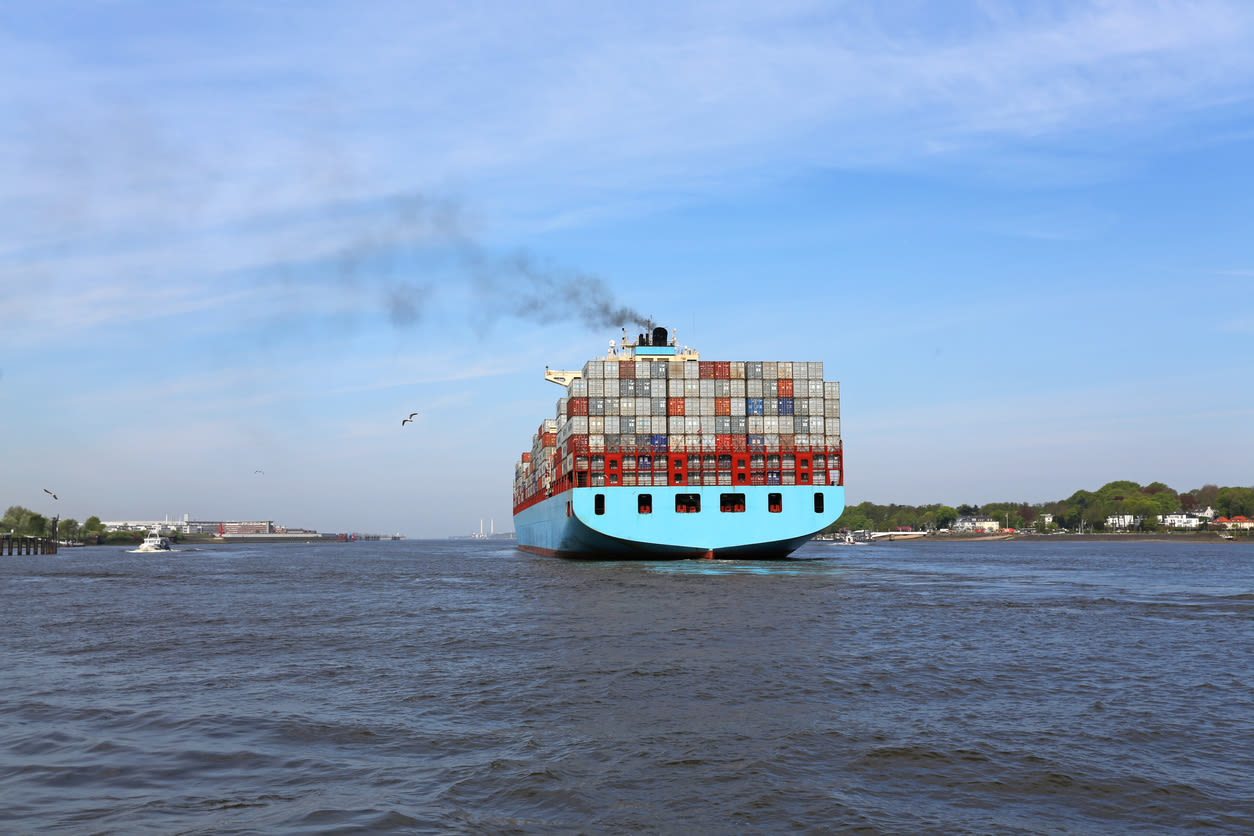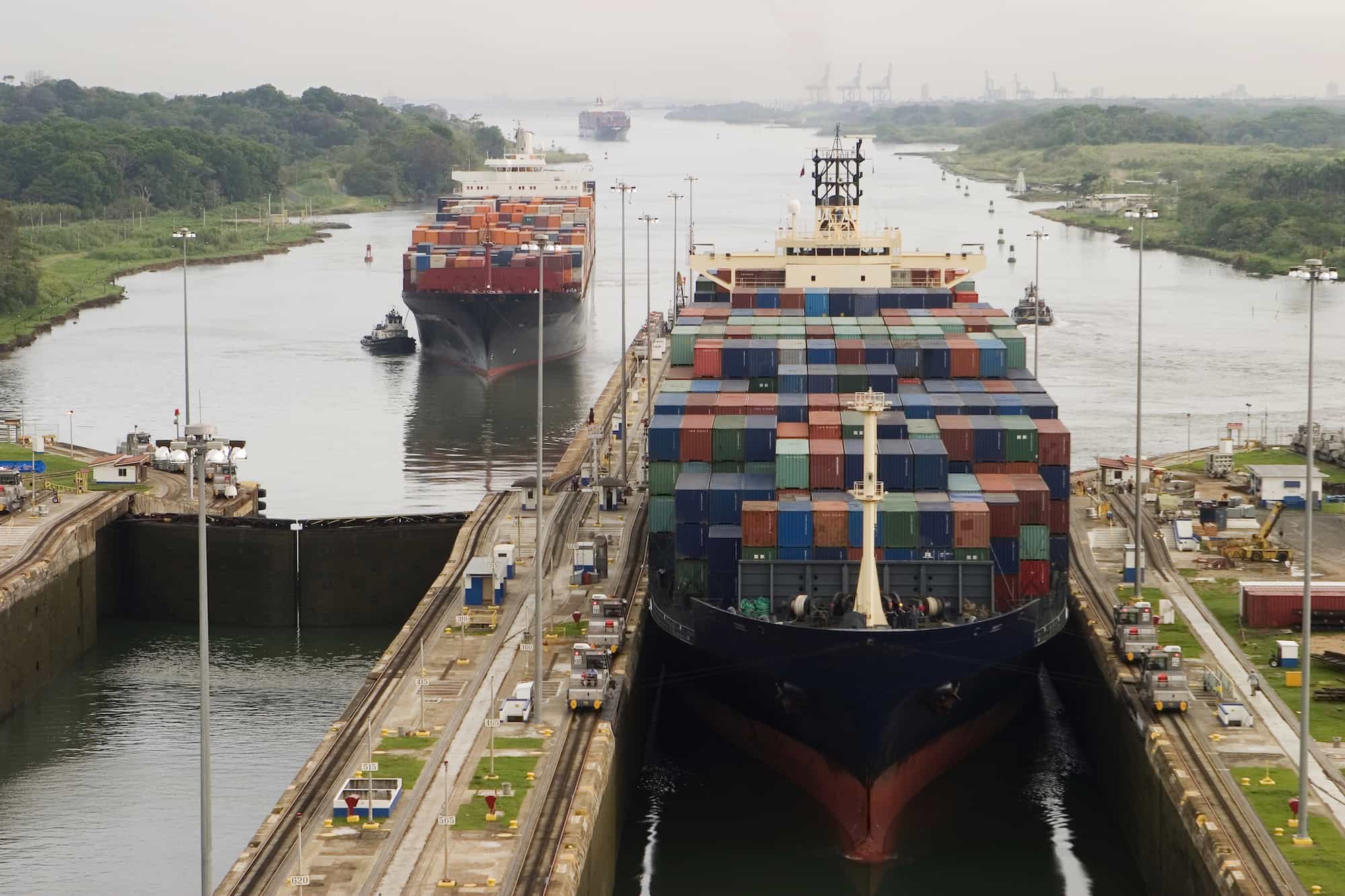
November 14, 2018
IMO 2020 Regulation: Impact On The Market
Tags:
IMO 2020 Regulation: Impact On The Market

November 14, 2018
While the world has been enthralled by the US-China trade war, another extremely pressing situation is happening in the logistics industry — the International Maritime Organization is preparing to roll out a landmark set of regulations that will cost carriers at least $15B per year. IMO Sulfur 2020 (IMO 2020) will limit the sulfur content of ships’ oil and have far-reaching consequences throughout the environment and the global economy, affecting consumer products, public health, and even politics. The regulations go into effect on Jan. 1, 2020, but our customers and carrier partners must prepare now if they hope to mitigate the effects of the regulations on their businesses.
Why are such aggressive regulations necessary?
The shipping industry is one of the greatest contributors to pollution and carbon emissions on the planet: maritime shipping consumes 4.4M barrels of oil per day, accounting for 10 percent of the oil consumption attributed to the entire transportation sector. Further, international maritime transport is responsible for approximately five percent of global oil demand.
Most ships use oil that contains 3,500x more sulfur than typical automotive diesel, producing sulfur oxide emissions that cause respiratory symptoms and lung disease in communities around shipping ports—a 2016 study estimates that, between the years 2020-2025, more than 570,000 premature deaths worldwide will be linked to air pollution from ships. In addition to poor health, sulfur oxide emissions cause ocean acidification, damage to crops, and even drastic weather changes that trigger lightning storms along highly-trafficked shipping routes.
How will IMO 2020 affect shippers and everyday consumers?
Higher shipping rates and increased prices for consumer goods
Compliance is estimated to increase the cost of port-to-port moves by 10-20 percent, which will likely be paid for by the end user. To put things in perspective, shipping 40” TVs from Shanghai to Los Angeles will cost shippers $0.50 more per unit. Consumers, with no control whatsoever over how the products they buy are transported, will face higher prices that could lead to inflation and increased bank rates.
Service disruptions
Compliance will cause both temporary and permanent effects that will force carriers to reduce their total capacity by seven to eight percent. Temporarily, capacity will be reduced by four to five percent as a result of the amount of time vessels will be out of commission while scrubbers are installed, and a subsequent increase in the number of blank sailings.
In the long term, less than two percent of capacity will be permanently reduced because scrubbers & LNG tanks occupy additional space on the vessel, and vessels over 20 years old will be phased out or “scrapped.” Lastly, the practice of slow steaming, where carriers slow down ship speeds to conserve fuel, will become more common, further restricting capacity while simultaneously increasing transit times.
Price volatility
Bunker prices are tied to the price of oil, set by the Brent Crude Oil price, which has been increasing since OPEC began reducing its oil supply in 2017. Because carriers didn’t adequately prepare for the surge in bunker demand in 2018, they implemented a cost-recovery program called emergency bunker surcharges (EBS) and passed the costs onto shippers. Starting in late 2019, we can expect a surge in demand for MGO (marine gas oil), which is about 55 percent more expensive than typical bunker oil. If refineries do not have the capacity to meet the demand and if carriers do not adequately prepare, shippers will be at risk of receiving a new set of emergency bunker surcharges that are 15 to 20 percent higher.
How are carriers preparing for 2020?
In September, Maersk determined that IMO 2020 will cause its yearly fuel costs to top $2 billion (approximately $100-175 per TEU, depending on length of journey), and announced its plans to shift those increased fuel costs onto its customers before the regulations take effect. Other carriers are following suit, which is creating a ripple effect in the industry and impacting companies that now have to deal with these new fees on top of tariffs.
There are only three ways to meet IMO 2020 standards and compliance will be prohibitively expensive. Shippers will be forced to absorb a large proportion of these costs, which stem from the following options for their carriers:
Buy cleaner fuel
Ships can make the switch from high-sulfur fuel oil (HSFO) to marine gas oil (MGO). This is the easiest and quickest solution, but will likely lead to an MGO fuel shortage if most carriers choose this option. MGO is approximately 50 percent more expensive than HSFO.
Install scrubbers
Vessels can continue using HSFO as scrubbers clean their exhaust gas. However, scrubbers are a patchwork solution based on nascent technology and the industry has yet to create a set of standards. They can take four to six weeks to install, are only made by a limited number of manufacturers, and can cost between $5-10 million depending on the size of the vessel.
Capacity crunch and cost aside, the most important question every carrier needs to answer is how they’ll responsibly dispose of the sludge produced by scrubbers.
Order liquified natural gas ships
Ships that run on liquified natural gas (LNG) will drastically decrease pollutants, however, LNG tanks could also exasperate capacity crunches as they take up almost three percent of a vessel’s TEU slots, whereas scrubbers only occupy at most 0.3%. In the long term, LNG ships take years to build and retrofitting current vessels to burn LNG is expensive. Should more shipping lines acquire LNG ships, they would face a lack of LNG “gas stations” along major routes and would be at the mercy of fluctuating global oil prices.
The only way to get ahead: start planning now
Shippers must plan to absorb increased costs when carriers begin changing their rates as a result of complying with the regulations. Price increases may even be felt prior to January 1, 2020, due to service loops. Service loops are a series of ships that connect a series of ports in a “loop” that can take as long as four months to complete. During this voyage, there are limited locations for refueling, hence vessels will have to fuel using new, more expensive marine fuel months before January 2020.
Saving costs wherever possible will be the difference between successfully navigating the new regulations or succumbing to the new costs of doing business. In addition to planning ahead, those with access to data-driven platforms (such as Flexport customers) should optimize their freight allocation across modes and maximize efficiency to mitigate the economic impact of the regulations, which include:
- Carrier costs will increase by 15 to 20 percent, and that will vary on distance. These cost increases will be passed onto shippers.
- Price volatility and service disruptions for shippers due to fluctuating fuel prices and reduced carrier capacity.
While IMO 2020 will have negative economic consequences for both carriers and shippers, the environmental consequences of not implementing these regulations could be catastrophic. IMO 2020 is projected to reduce overall sulfur oxide emissions by 85 percent, which will:
- Reduce the occurrence of lightning storms along trade routes, especially in the Indian Ocean and South China Sea.
- Reduce the occurrence of acid rain, which harms agriculture and crops.
- Reduce respiratory problems and cardiovascular disease in populated port cities and coastal areas.
IMO 2020 will have a ripple effect across shipping, the economy, and the environment. Organizations must start planning now if they hope to successfully navigate the 2020 regulations.
About the Author

November 14, 2018




